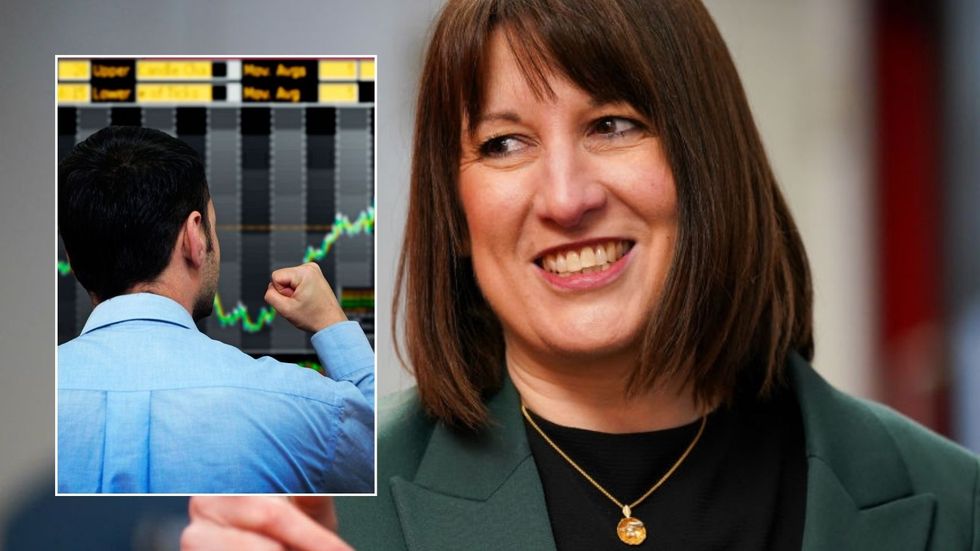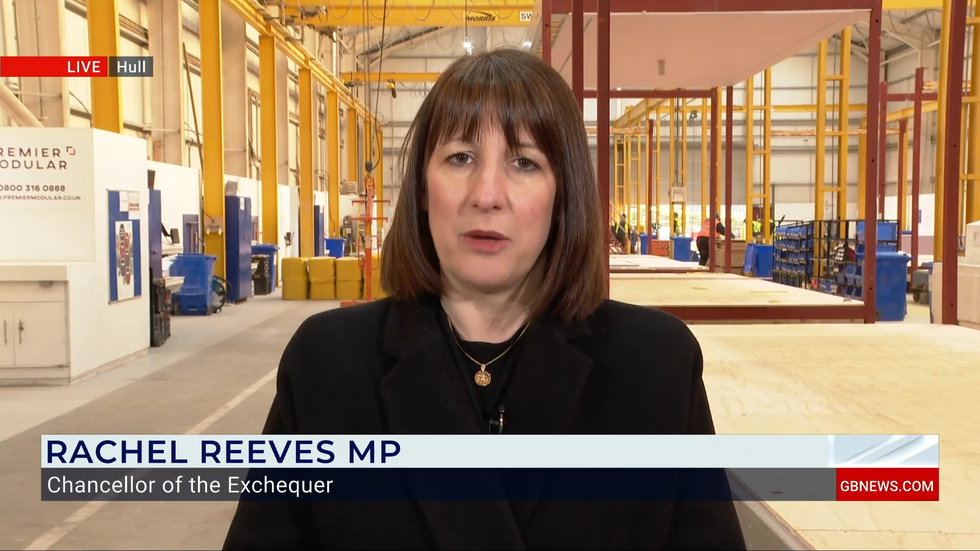The UK is set to become the third fastest-growing economy in the G7 this year, with its GDP projected to rise by 1.5 per cent in 2025, according to new analysis.
The National Institute of Economic and Social Research’s (NIESR) latest quarterly UK Economic Outlook points to fiscal expansion announced in last October’s Budget as the primary driver of growth.
Business investment is also expected to continue expanding throughout the year, contributing to the economic uplift with real personal disposable income is forecast to grow by 1.9 per cent in 2025, followed by a further one per cent increase in 2026.
Inflation is predicted to spike to 3.2 per cent in January before gradually declining, with an average rate of 2.4 per cent expected for 2025.
Lower-income households are set to see some benefits from the Budget measures, particularly through wage increases.
Do you have a money story you’d like to share? Get in touch by emailing [email protected].

The UK economy is projected to grow under Rachel Reeves
GETTY
Those in the second-income decile will gain approximately £2,400 in 2025-26, driven by substantial increases in the National Minimum Wage and National Living Wage.
Households earning between £16,000 and £24,000 annually will experience living standards roughly 12.5 per cent higher compared to scenarios without the wage increases.
The wage improvements are expected to boost labour market participation, with projected inactivity rates dropping by three percentage points.
Unemployment rates are forecast to decrease by 1.5 percentage points compared to scenarios without the higher wage rates.
However, the Government’s fiscal position remains tight, with limited headroom to absorb economic shocks or increase public investment by the end of parliament.
Despite the projected growth, the poorest 40 per cent of UK households will not see their living standards return to pre-2022 levels until after 2027.
The recovery in living standards remains slow, with recent gains unable to fully compensate for the decline experienced between 2022 and 2024.
However, the wage increases, while significant, provide only partial relief to the economic pressures faced by lower-income households.
 Rachel Reeves set out the plans in last year’s Budget GB NEWS
Rachel Reeves set out the plans in last year’s Budget GB NEWSLabour market improvements and wage growth are expected to provide some support, but the recovery remains uneven across income groups.
The Government’s fiscal expansion through the October Budget offers temporary relief, though longer-term challenges persist for the most vulnerable households.
Regional inequalities could become more entrenched without additional support, particularly in areas struggling with housing and transport connectivity gaps.
LATEST DEVELOPMENTS:

Analysts are projecting economic growth in 2025
GETTY
Professor Stephen Millard, NIESR interim director, said: “Although consumer and business confidence fell at the back end of last year leading to a flattening of GDP, we expect 2025 to be better as the large increase in government spending announced in the October budget kicks in.
“However, this will only be a temporary boost. Much more important for long-run growth will be increased private and public investment and the planning reform needed to enable this to happen.”
Professor Adrian Pabst, Deputy Director for Public Policy, added: “Higher economic growth and continued real wage growth will provide a welcome relief for millions of households who have seen their living standards decline in recent years.
“But the recovery is slow, and more should be done to help the poorest 20 per cent of households.”
He suggested bringing forward the uprating of personal income tax thresholds scheduled for April 2028.
Professor Pabst also warned that left behind regions need more public and private investment to prevent regional inequalities from becoming more entrenched.